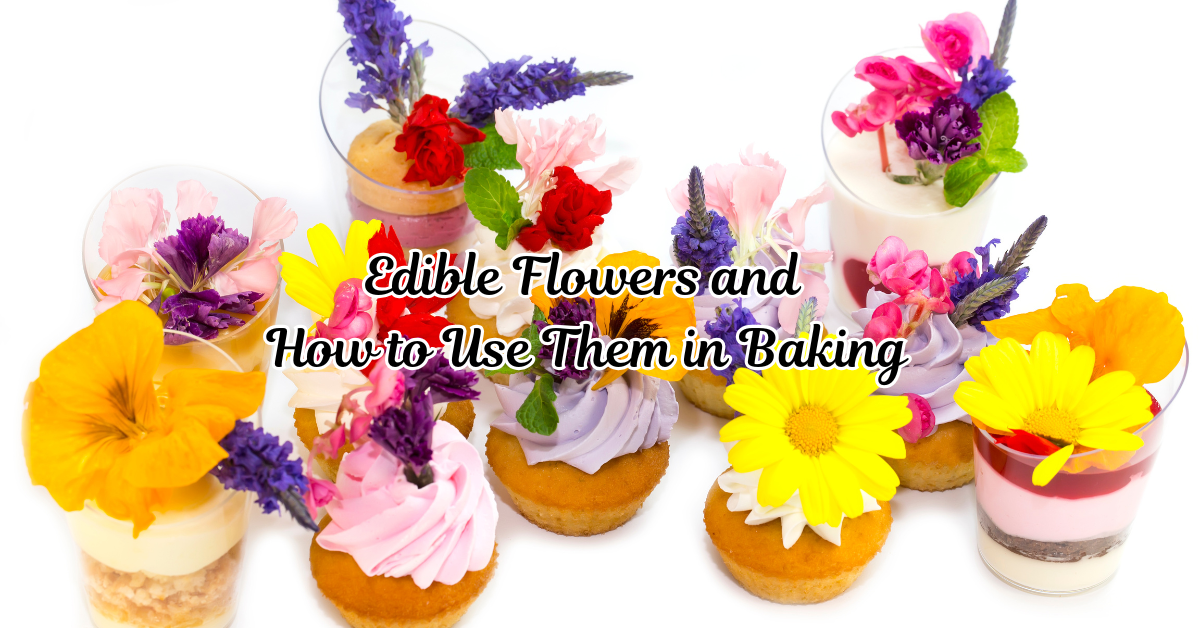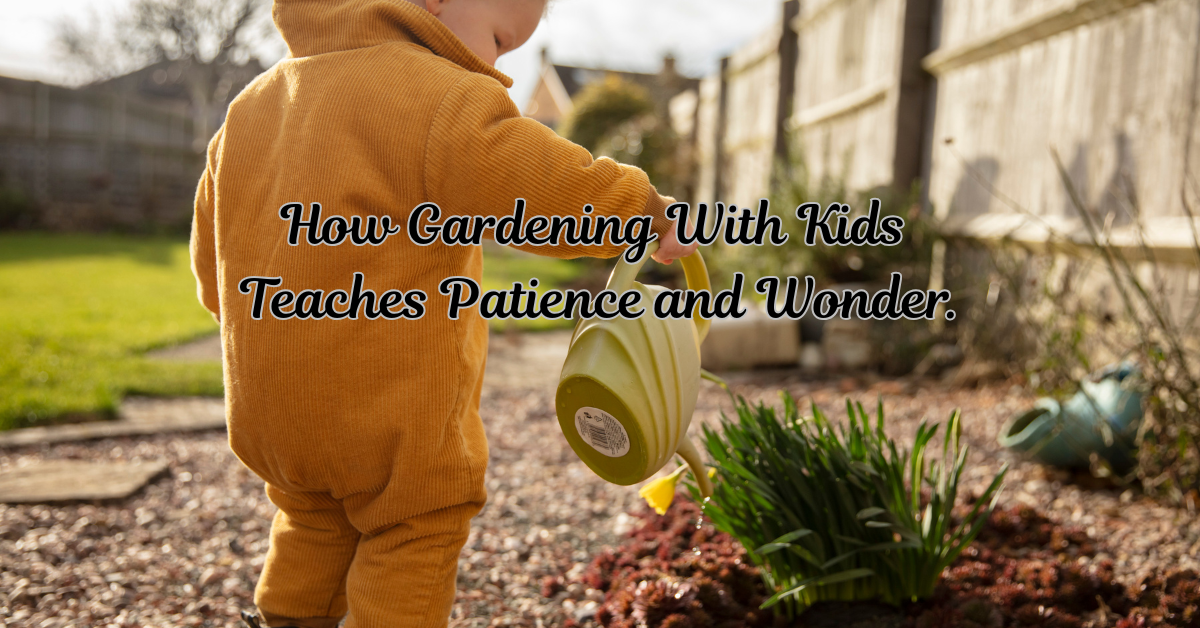There’s a kind of magic in walking out your back door with bare feet and returning a few minutes later with a handful of herbs, a cluster of tomatoes, or a basket full of salad greens.
This is the quiet joy of a kitchen garden — not just a garden, but a living pantry just steps from where you cook, gather, and nourish your family.
For many of us, the idea of growing our own food feels both wildly romantic and slightly overwhelming. We imagine raised beds, trellises draped in peas, and wicker baskets full of heirloom vegetables. But then we remember we’re short on time, space, or experience — and we hesitate.
If that’s you, you’re not alone. And you’re not behind.
Starting a kitchen garden is simpler — and more rewarding — than you might think. You don’t need acres of land, expensive equipment, or a green thumb handed down through generations. What you do need is a little sunlight, a few pots or garden beds, and the willingness to begin.
Here’s a gentle guide to starting your very first kitchen garden — one that fits beautifully into your everyday rhythm, your family meals, and your slow-living lifestyle.
This post may contain affiliate links, which means I may earn a small commission if you choose to make a purchase—at no extra cost to you. I only share products I truly love and believe will add value to your life. Thank you for supporting this cozy corner of the internet
1. What Is a Kitchen Garden, Exactly?
A kitchen garden (also known as a potager, if you’re feeling fancy) is a small garden, usually close to your kitchen or back door, where you grow the herbs, vegetables, and fruits you use most often in your cooking.
It’s not meant to feed your entire household for the year. Instead, it’s a beautiful, functional space that complements your meals — and your life.
Think: snipping fresh basil for pasta, grabbing chives for your morning eggs, or picking a few cherry tomatoes to toss in a salad.
Your kitchen garden is meant to be used daily, not just admired.
2. Start Small and Simple
Begin with what feels doable. A common beginner mistake is going too big, too fast — only to get overwhelmed mid-summer and let it all go wild.
Instead, choose 3 to 5 plants you already love to eat and cook with. Think about what would delight you to grow — not what you should grow.
Here are great starter choices for a first kitchen garden:
- Herbs: Basil, parsley, thyme, mint, and chives
- Greens: Lettuce, spinach, kale, arugula
- Vegetables: Cherry tomatoes, bush beans, radishes, zucchini
- Snacks & Sweets: Strawberries or sugar snap peas
3. Choose the Right Location
Your plants will need at least 6–8 hours of direct sunlight per day, so choose a sunny spot as close to your kitchen as possible. Convenience matters — if it’s easy to access, you’re more likely to water it, tend to it, and use it.
Options include:
- A raised bed near your back door
- A sunny corner of your patio with containers
- A window box or balcony rail for herbs
- A vertical garden or hanging planters if space is tight
Look for protection from strong wind and consider how far your hose or watering can needs to travel.
4. Pick the Right Containers or Beds
You don’t need fancy materials. Kitchen gardens thrive in all kinds of setups:
- Terracotta pots or ceramic planters (beautiful and breathable)
- Wooden crates lined with landscaping fabric
- Galvanized tubs with drainage holes drilled in
- Raised beds made from untreated wood or metal
- Hanging baskets or wall-mounted herb racks
Just make sure your containers have drainage holes to avoid soggy roots. Fill them with high-quality organic potting mix — not regular garden soil, which can compact in containers.
If you’re using raised beds, aim for 6–12 inches of soil depth, depending on what you’re growing.
5. Grow from Seed or Start with Seedlings?
For absolute beginners, starting with seedlings (young plants) from a local nursery is the easiest way to go. You’ll get a head start on the growing season and have a better chance of success with less waiting.
However, if you’re curious about seeds, try fast-growing, forgiving options like:
- Lettuce
- Radishes
- Basil
- Snap peas
- Zinnias (for a little flower joy!)
You can even start seeds indoors on a sunny windowsill a few weeks before your last frost date.
6. Water Gently and Consistently
Plants don’t need much, but they do need consistency.
Check your garden daily — especially in warm weather — and water when the top inch of soil feels dry. In the early morning or evening is best to prevent evaporation.
Tips for healthy watering:
- Water the soil, not the leaves
- Use a gentle spray or watering can to avoid disturbing roots
- Mulch around your plants to retain moisture and reduce weeds
If you forget one day, don’t stress. Your plants are more forgiving than you think.
7. Feed Your Garden (and It Will Feed You Back)
After a few weeks, your plants will benefit from a gentle organic fertilizer to keep them healthy and productive. Choose something safe for edibles — like a fish emulsion, compost tea, or a balanced all-purpose fertilizer.
Composting kitchen scraps is a beautiful way to feed your garden over time. Even a small countertop bin can contribute rich nutrients to your soil and reduce household waste.
8. Plan for Harvest & Use
Harvest often and early! The more you pick, the more your plants will produce. Herbs especially love regular trimming — it keeps them bushy and flavorful.
Keep a pair of kitchen scissors nearby or a basket by the door so you can gather a bit each day. Add your harvests to:
- Morning omelets (chives, spinach, basil)
- Sandwiches or wraps (lettuce, arugula, mint)
- Salads (radishes, cherry tomatoes, herbs)
- Summer pastas and soups (zucchini, kale, parsley)
Even the smallest harvest can elevate a simple meal into something homegrown and extraordinary.
9. Invite the Whole Family In
Kitchen gardening is a lovely invitation to slow down as a family.
Kids can plant radish seeds (which sprout in days), water with tiny watering cans, or pick strawberries with sticky fingers. Partners can help with building a bed or brainstorming recipes with the day’s harvest.
These simple, seasonal rhythms become part of your home’s heartbeat — something you all look forward to.
And the lessons? They grow right alongside the food: patience, care, resilience, joy.
10. Embrace the Imperfection
Your first kitchen garden won’t be flawless. Some things will thrive. Others will bolt or wilt or get eaten by snails. That’s okay.
Gardening teaches us that growth is never linear. Every season is different. Every plant has its own story. And even the “failures” feed future harvests, whether through compost or hard-earned wisdom.
Let your kitchen garden be a practice, not a performance.
Closing Thoughts: Grow Where You Are
Whether you have a backyard, a balcony, or just a sunny window, your kitchen garden can start today.
You don’t need to wait for the perfect setup, the ideal season, or a Pinterest-worthy design. All you need is the desire to grow something useful, beautiful, and nourishing — right where you are.
Because in the end, a kitchen garden isn’t just about food.
It’s about presence. Connection. The sweet satisfaction of tending something with your own two hands and watching it come alive.
It’s about reclaiming a little bit of your daily rhythm and rooting it in the natural world.
So pick a pot. Tuck in a basil plant. Water it tomorrow morning with your coffee in hand. And just like that — you’ve begun.
Do you have a kitchen garden already — or are you planting one soon? Tag me on Instagram @bloombatterblog or leave a comment below with what you’re excited to grow. Let’s turn our homes into little edible sanctuaries, one seed at a time. 🌿






2 thoughts on “Beginner’s Guide to Starting a Kitchen Garden”
Comments are closed.